You can find the last piece here. This begins the third section of A. Nonymous’ piece, wherein we learn that there’s no real hope for reformation from inside the system.
3. Don’t cry because it’s over, smile because it happened!
Most of the American politicians, media, and educational system trains another generation of people who think they are living at the peacetime. False. United States is in a state of war: undeclared, total war against the basic principles and foundations of this system.
-Yuri Bezmenov, KGB defector
A. Grandpa’s car
Suppose you were given a car from your father, who himself received it from his father. For fun, let us pick a specific one. I’m fond of the 1957-1959 Plymouth offerings:

Grandpa, of course, bought the car new in ’58, and drove it for many moons. He kept it running smoothly for 30 years, then your father inherited it. You remember it fondly from your childhood, burned into your brain as a chariot of fun for weekends and shenanigans. You didn’t notice the deteriorating condition or neglected maintenance, because kids don’t really pay attention to those things. But when your father passed it your way, things weren’t looking so rosy. It became obvious that daddio had completely ignored basic things like brakes and carb tunes and oil changes, and the interior had not been cleaned in a dog’s age. In fact, the car could no longer start, stop, move, or keep water out, and it had been sitting in the backyard for years. Thanks dad!
Where do you start in repairing a vehicle in such a sorry state? Usually, people start with the engine and gearbox, then brakes, followed by power steering and electrical stuff. Redoing the interior and body panels comes later. Regardless, you need to start somewhere, and go everywhere. It can be an astronomical load of work, but in almost any case, a car can indeed be brought back to life if enough effort, time and MONEY are put into it. After all, a car has a finite number of tangible parts, all of which can be repaired or replaced. If a car isn’t functioning as it should, or doesn’t look as it should, the issue can be fixed because it exists solely in the material plane.
B. The mission of the CAF
But we aren’t talking about a beautiful old car. The Canadian forces also has tangible physical components that can be repaired or replaced. All militaries do. Our mediocre vehicle fleet could be entirely replaced, or entirely repaired, or a mix of both. Our buildings could be fixed or repaired, as could our networks and aircraft. We could even buy more of these things if we wanted to, but the difference it makes would be limited. A military consists largely of the human component, which isn’t subject to the same laws as a building, tank, or rusty Plymouth. Humans aren’t rational, and don’t operate entirely on facts, much as we wish that were true. Humans require reasons and justifications and motivation and belonging and a variety of other abstract concepts to function properly.
To be frank, addressing the absolute state of CAF military equipment would be pointless here. Suffice to say, it’s not good, and will likely not get better in the near future. Much of this is a result of the retention problem, as there aren’t enough people to keep up with maintenance.
An entirely new fleet of military vehicles, base housings that isn’t mouldy, and buildings that don’t have asbestos would significantly increase morale. I even postulate that it would improve the retention problem. It would not, however, solve the most dire problem with the CAF: Why does it exist? What is it that the CAF stands for and against? The mission statement of the CAF is this:
“To defend our country, its interests and its values, while contributing to international peace and security”
This statement requires a closer look. First of all, we can delete the international peace and security bit, because right now, we are concerned with Canada. That leaves us with the defence of Canada, and its interests and values. One can harm a country through physical violence, but one can also harm it through subversion, economic shenanigans, or infiltration. Therefore, to defend a country, one would need to prevent or stop military incursion, as well as non-violent means.
Defending the country
The CAF stopping a military incursion? It’s a laughable premise for few reasons. Firstly, nobody would invade us militarily, not as long as the United States exists. NATO article 5 would mean that anyone who invades Canada would therefore be at war with the USA. Secondly, assuming the USA collapsed (not entirely unlikely, these days) that would leave the CAF alone in defending Canada against a foe. Let’s say either China or Russia, maybe both. Who would win, the CAF or the People’s Liberation Army? I don’t mean to disparage the hardened soldiers in the CAF; I am certain that they are, person-to-person, better trained and more capable than their PLA counterparts. But when a few thousand CAF soldiers are facing the most populous military in the world, the battle is somewhat pointless and we might be better off making coffee and studying mandarin as they roll through. This would apply to the Russians as well, though with slightly different parameters. Keep in mind, uniformed CAF members hover around 90,000; how many of those are injured, or exclusively administrative, or gender bending advisors? How many are prepared to fight off an invasion in Vancouver tomorrow? The PLA ground force has 975,000 active duty personnel. To clarify, their regular force army alone has nearly ten times the number of our entire military force, reservists included. Just their army, we aren’t even taking into account their navy, air force, or rocket force. Yeah, we aren’t defending shit.
Fortunately, this is almost certainly never going to happen. China hasn’t even bothered to take Taiwan, right next door. They’re not going to storm the beaches of Vancouver in search of BBQ duck and noodles, or cars that don’t break every seven minutes. They’re not going to do it, because they don’t need to; it is far easier for them to subvert and infiltrate a region economically than it is to drive in, guns blazing. In fact, they have already been doing that in Canada for decades. This Globe and Mail article is from 2000, and makes reference to investigations from the late 1990s.
If you know someone who overdosed on illicit opioids, they probably came from China. If you know someone who uses a Huawei phone, they can thank Nortel (RIP) for the stolen technology inside. China isn’t the only maggot on the corpse, of course. How about the recently lambasted World Economic Forum? What started as a conspiracy fact has now become a household name, much to their chagrin. These paragraphs from Swiss Policy Research explain it quite well:
“Finally, the WEF has been running, since 1993, a program called “Global Leaders for Tomorrow”, rebranded, in 2004, as “Young Global Leaders”. This program aims at identifying, selecting and promoting future global leaders in both business and politics. Indeed, quite a few “Young Global Leaders” have later managed to become Presidents, Prime Ministers, or CEOs (see below). In a speech in 2017, WEF founder Klaus Schwab described this process as “penetrating the Cabinets”.
In a speech in 2017, WEF founder Klaus Schwab mentioned Canada as an example of how the WEF “penetrated the Cabinets” and said that Canadian Prime Minister Justin Trudeau and “more than half of his Cabinet” were Young Global Leaders (1:08:30), but this may have been an exaggeration.
Canadian PM Justin Trudeau has been a WEF keynote speaker, but he is not a confirmed Young Global Leader. Confirmed Young Global Leaders in his Cabinets since 2015 include Deputy Prime Minister Chrystia Freeland (selected in 2001; former managing director of Reuters and a member of the WEF Board of Trustees), Minister of Foreign Affairs Mélanie Joly (2016), President of the Treasury Board Scott Brison (2005), Minister of Immigration Sean Fraser (2022), and Minister of families Karina Gould (2020). Other Cabinet members were speakers at the annual WEF meeting in Davos. Mark Carney, former Governor of the Bank of Canada, is a member of WEF Board of Trustees.”
The link is here, if you want to read more.
It seems quite clear that at least one supranational organization has infiltrated the Canadian federal government at a rather high level, though those who have been paying attention can likely list a few dozen more. This isn’t even tin foil hat material anymore; It can be easily verified. How can the CAF defend the country against a shady international organization that now influences its boss? It’s simply not possible, short of a military coup. As for defending the interests and values of Canada, what are they?
I’ll end it there for now. I’m sure we all know all too well what Mr. Nonymous is about to say. I’d say that it’s already super ghey to have a military that defends “values,” instead of land and people. Nevertheless, this Chad in a plaid shirt has done more to protect us than the Canadian Dilation Force ever has, at least in the past hundred years.






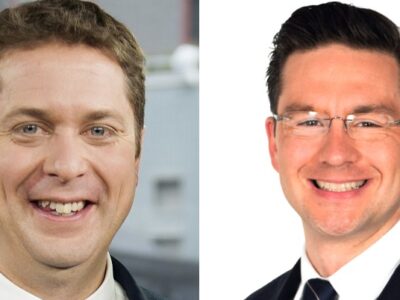
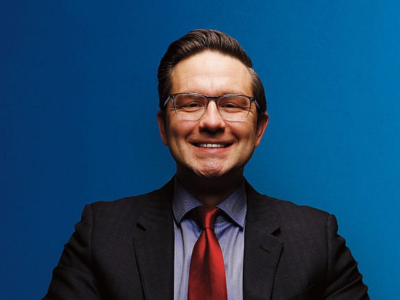

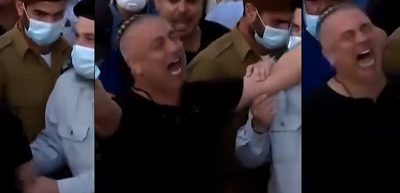
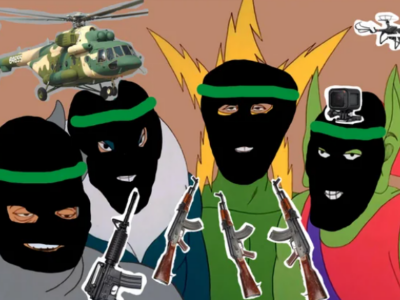
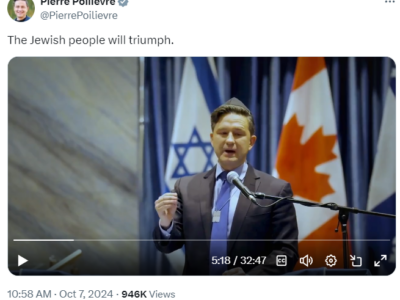



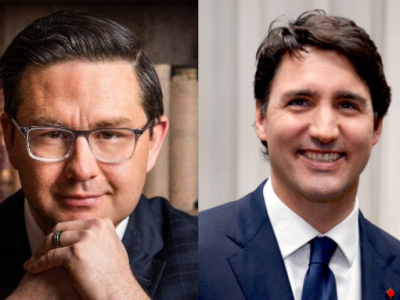
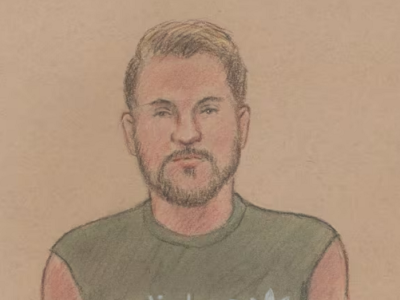
what is the CAF’s purpose? Great question!
The same kinds of questions are asked in a book entitled Reforging Excalibur.
The book represents “an exciting and unique proposal for restructuring America’s armed forces in order to better prepare us for Fourth-Generation warfare. After a withering critique of the bloat and waste of the Department of Defense and Pentagon’s “business as usual” attitude towards military spending, the authors disclose why this approach is unsustainable in terms of budget and combat readiness. In short, while our military is prepared to fight wars with other state militaries, it is woefully unprepared — psychologically and structurally — to succeed in Fourth-Generation warfare.”
Anyhow, I read the book and I endorse. Book can be found here: https://arktos.com/product/reforging-excalibur/